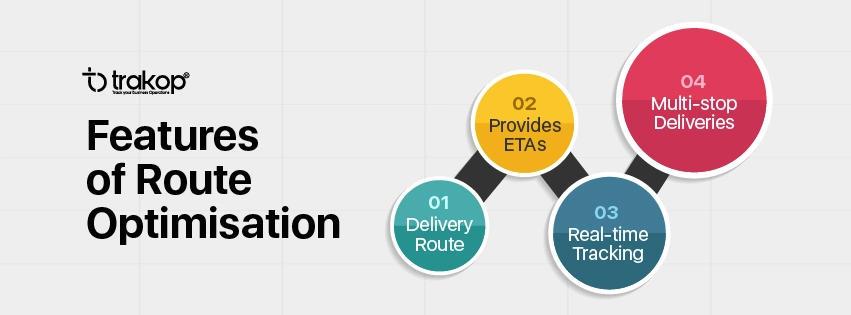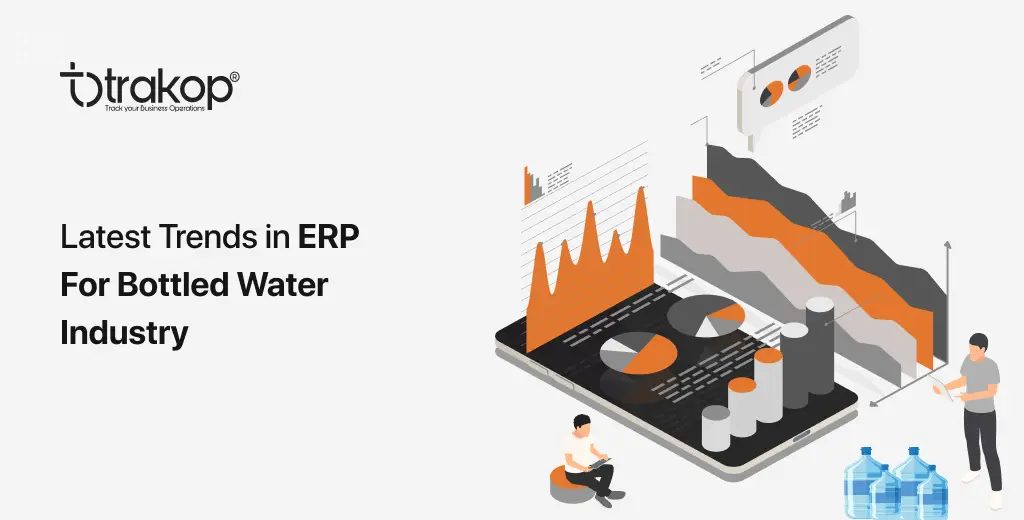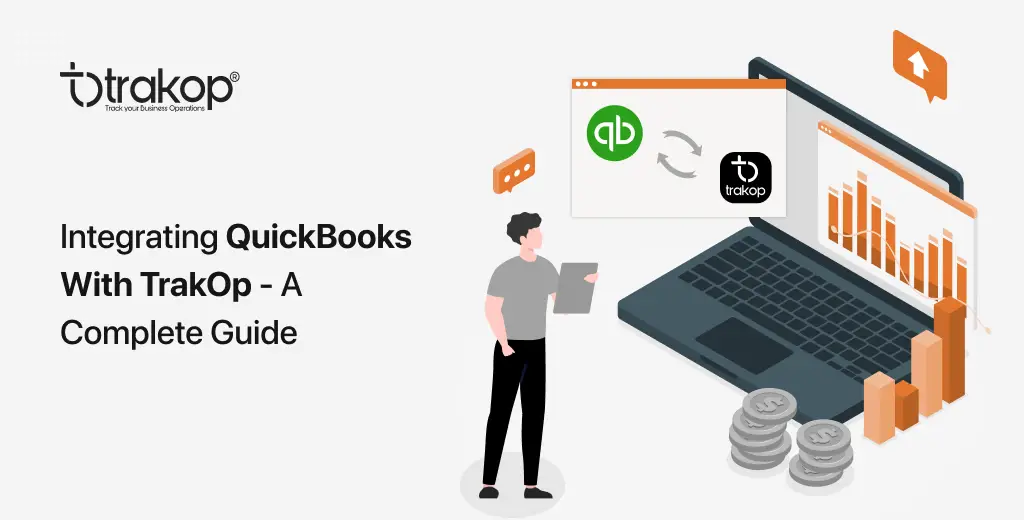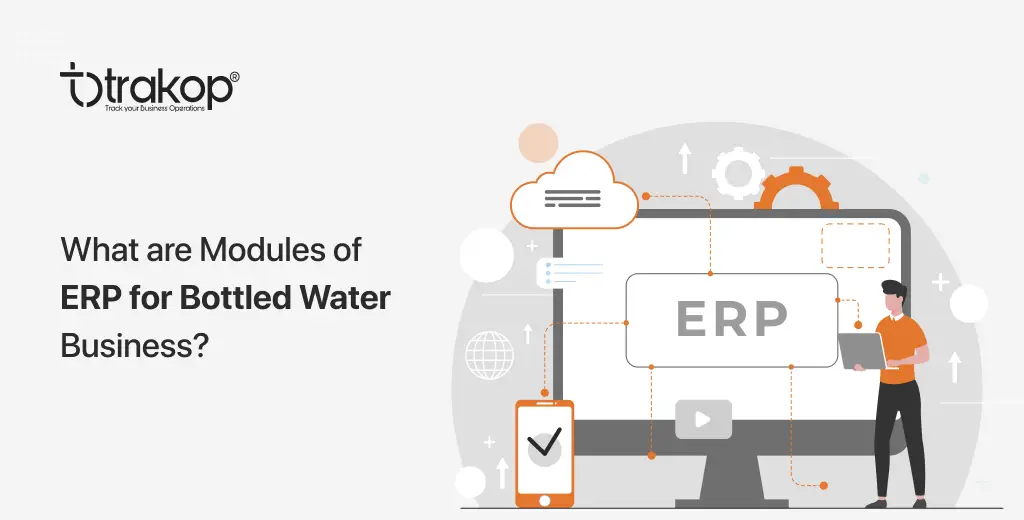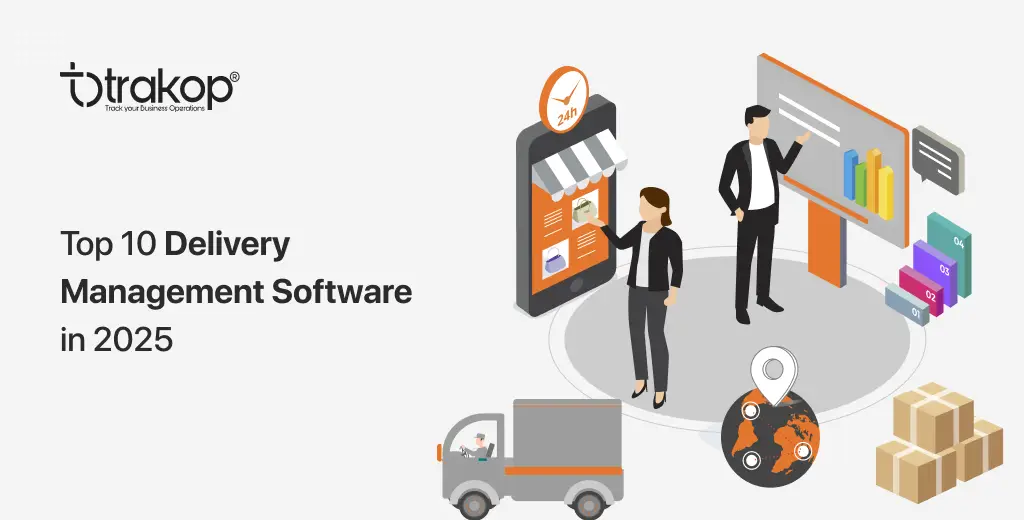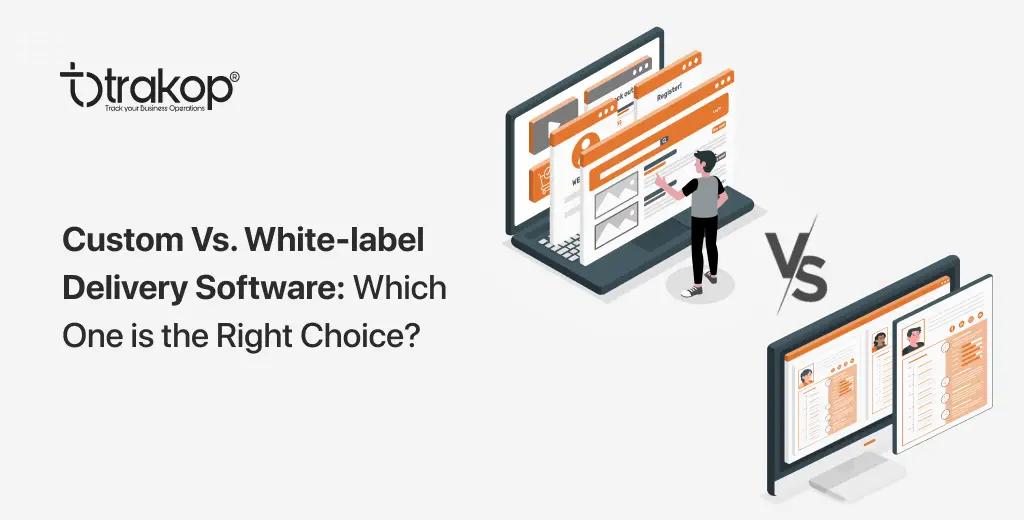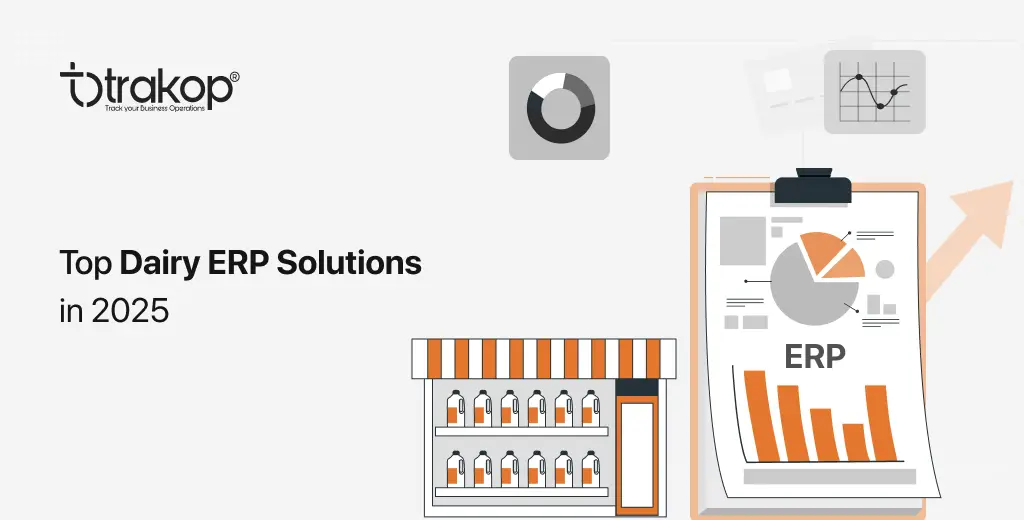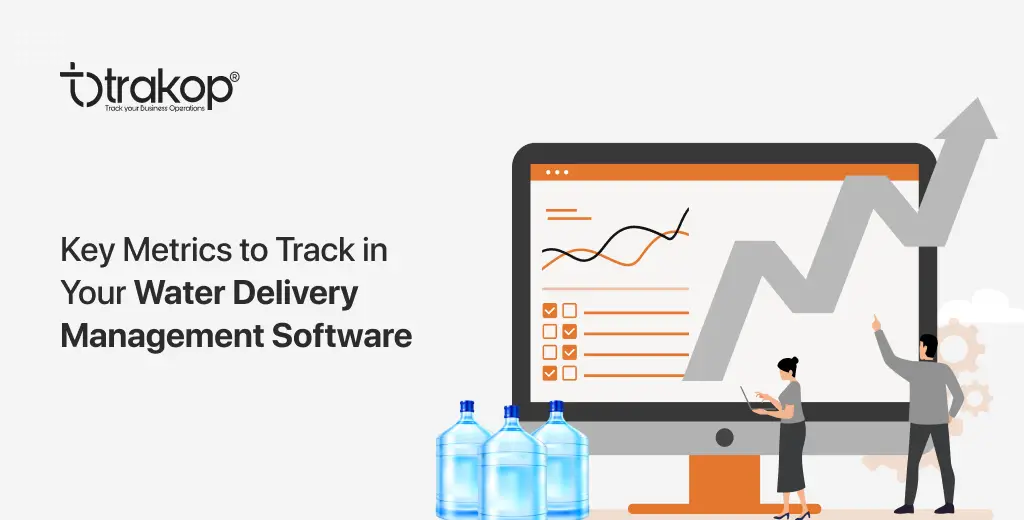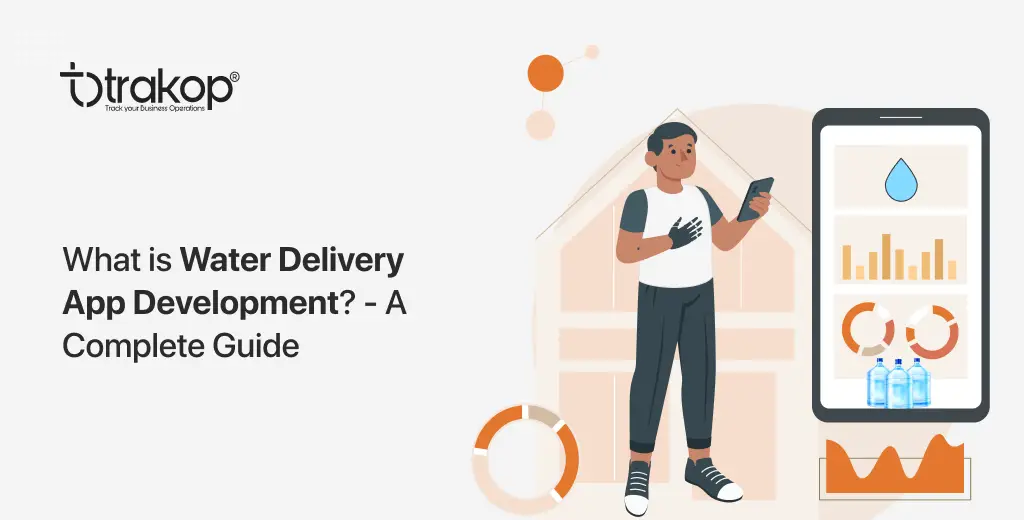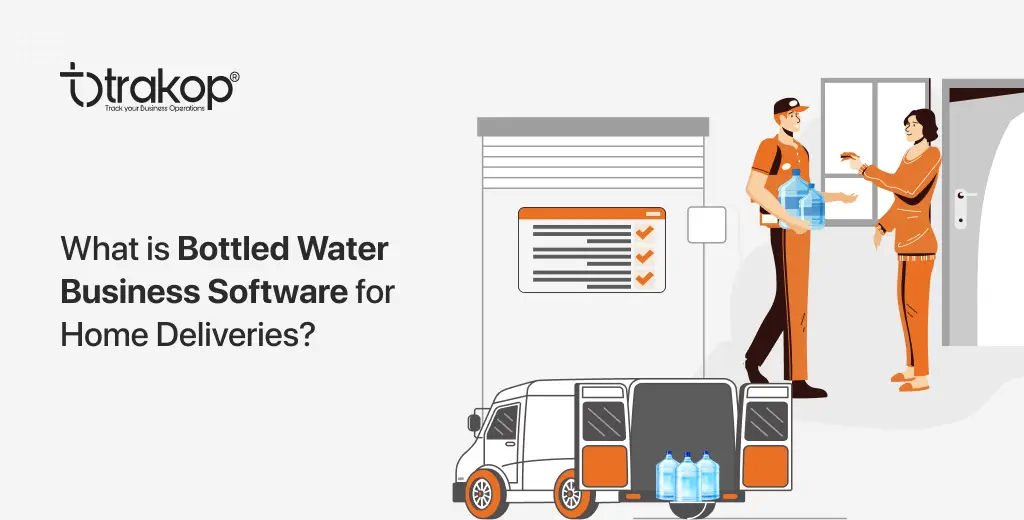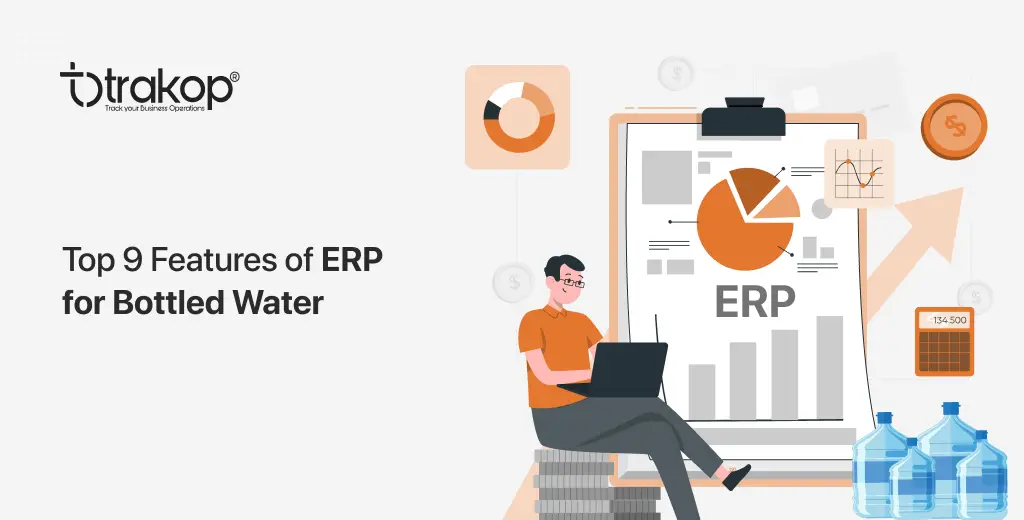Route Planning v/s Route Optimisation: What is the Difference?
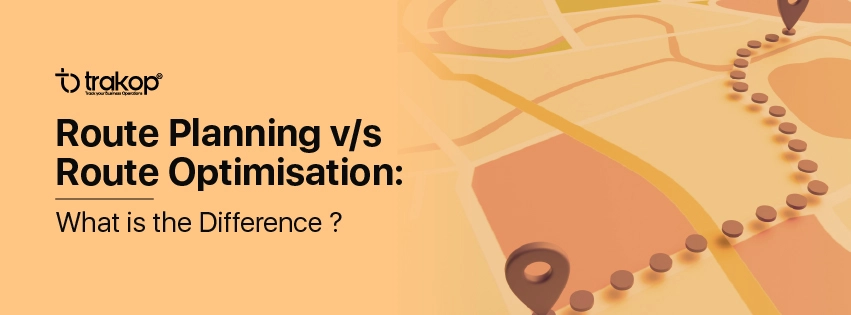
It is essential for businesses as well as individuals to have efficient transportation. The quickest and most cost-effective way to get from point A to point B is always a challenge, whether you’re delivering orders, commuting, or planning a road trip.
While making transportation efficient, route planning and route optimisation are the two crucial elements of delivery management software that come into play. Some consider these terms interchangeable; however, they show distinct processes with different goals.
In this article, we’ll explore the differences between route planning and route optimisation and when to use each.
What is route planning?
Route planning is the process that determines the locations in sequence or waypoints in order to reach the destination. This process has been there for as long as people have been travelling. Think of explorers marking their course across the territories on the map. Even today, in the digital age, basic route planning is a crucial task.
Features of route planning
- Fixed orders – The sequence of waypoints is typically predetermined when planning a route, usually based on factors like distance, convenience, or time constraints.
- Simple algorithms – Basic route planning can be done manually or with relatively simple algorithms. You might use a GPS app to find the shortest path between a few locations, but the main goal is to determine a logical order of stops.
- Features of route planning – The emphasis is on creating a workable route. It doesn’t extensively focus on finding the absolute most efficient path.
What is route optimisation?
Route optimisation is a more advanced and dynamic feature of delivery software that uses sophisticated algorithms and technology to find and create the best possible path or sequence of waypoints while considering various factors and restrictions. The main focus of this process is to minimise costs, time, or other resources that make it important for businesses that have complex routing needs.
Features of route optimisation
- Delivery route – Route optimisation creates the shortest delivery path while considering various factors like available resources, the road network, and operational restrictions to identify the optimum mix of routes and delivery sequence to satisfy the company’s financial and customer service goals.
- Provides ETAs – The software runs complex algorithms to calculate the estimated time of arrival of the orders. This improves customer satisfaction scores by letting them know when their order will reach their door.
- Real-time tracking – GPS and mobile technology are used to provide real-time updates on driving routes. You can see all the order statuses and track the driver’s location in real time. Route modifications and real-time tracking are quite useful features.
- Multi-stop deliveries – Multi-drop route planning is the practice of setting up various routes with multiple delivery stops (or drop-offs) in last-mile delivery logistics. It is impossible to map the number of delivery stops without route optimisation tools.
What makes route planning and route optimisation different?
The degree of adaptability and real-time decision-making distinguish route planning from route optimisation as the main differences. Route planning establishes a fixed route based on the information that is currently available, whereas route optimisation dynamically modifies the route based on real-time data and shifting conditions to maximise efficiency and resource utilisation. Businesses with complicated routing requirements frequently rely on route optimisation to make sure their operations are efficient and productive.
Route planning and route optimisation are two distinct but related techniques used in the world of delivery and transportation. Route planning is appropriate for straightforward, fixed routes, whereas route optimisation shines in challenging, dynamic situations where effectiveness is crucial. Businesses and individuals can choose the best strategy to guarantee they reach their destinations in the most time- and money-efficient way possible by being aware of the differences between these two approaches.
If you are wondering which would fit your business – route planning or route optimisation, feel free to contact our tech experts and see how we can help.
Hope You Enjoyed the Read!

He loves to explore. His passion for helping delivery industries in all aspects flows through in the vision he has. In addition to providing smart solution to make delivery process flawless, Ravi also likes to write sometimes to make it easier for people from business industry looking for digital solutions.
